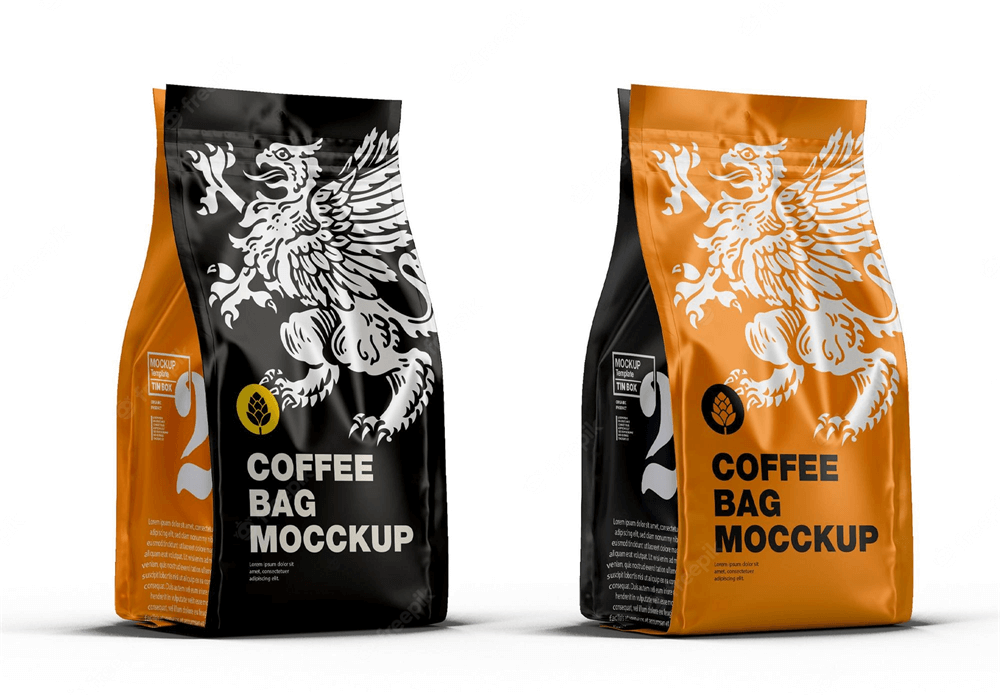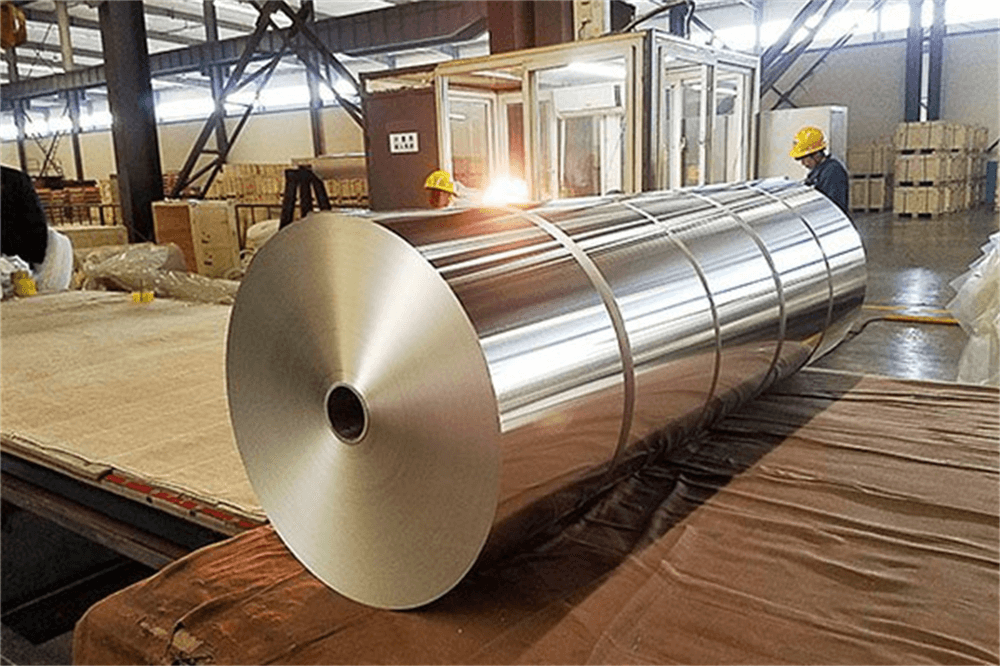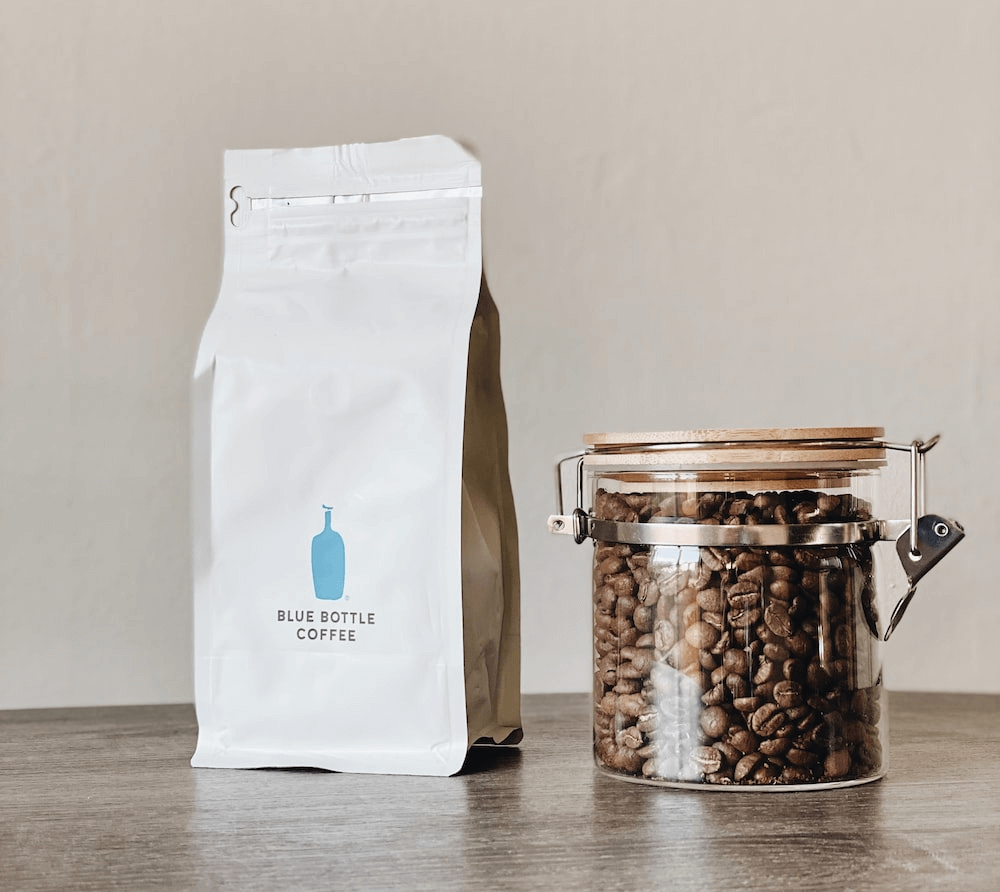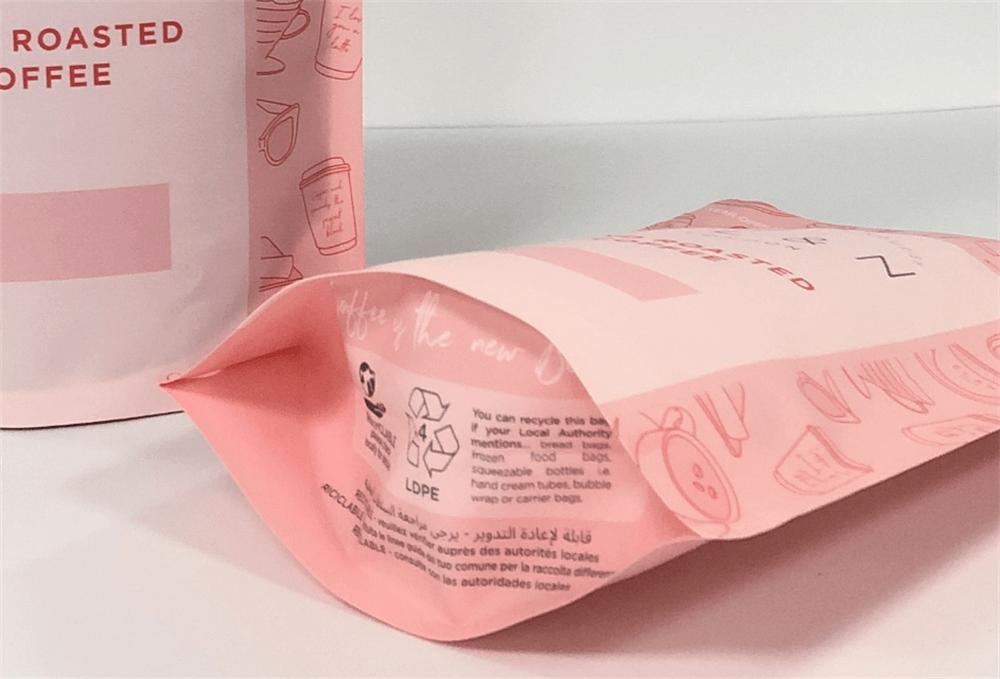The cost of living has been rising throughout the world and now affects every area of people’s life.
For many people, growing costs may mean that takeout coffee is now more expensive than ever. Data from Europe show that the cost of takeout coffee increased by over a fifth in the year before August 2022 as opposed to 0.5% in the preceding 12 months.
This could lead to more customers brewing coffee at home instead of ordering it to go, a technique that gained popularity during the Covid-19 outbreak. It is a good opportunity for many roasters to review their selections of take-home coffee.
To avoid alienating customers with a product that loses freshness too rapidly, the correct coffee packaging must be chosen. Roasters frequently store their coffee in foil-lined coffee bags to maintain the quality of the bean.
The costs and environmental impact of this option, however, may make it more suitable for some roasters than others.
The evolution of foil packaging
Aluminum foil is traditionally created by casting slabs of molten aluminum.
The aluminum is rolled throughout this process until the necessary thickness is achieved. It can be produced as individual foil rolls with thicknesses ranging from 4 to 150 micrometers.
Throughout the 1900s, commercial food and beverage packaging has utilized aluminum foil. Notably, one of its first applications was for the French candy company Toblerone to wrap chocolate bars.
Furthermore, it served as a cover for a pan of corn that customers could buy and heat at home to create fresh “Jiffy Pop” popcorn. Additionally, it gained popularity in the packaging of divided TV meals.
Aluminum foil is widely used to create rigid, semi-rigid, and flexible packaging today. Nowadays, foils are frequently used to line packets of whole or ground coffee.
Usually, it is converted into a sheet of extremely thin metal and attached to an outside packaging layer that is often made of plastic, paper, or bioplastics like polylactic acid.
The exterior layer allows for customization, such as printing the specifics of the coffee within, while the inner layer serves as a barrier.
Aluminum foil is lightweight, safe to use on food, won’t corrode readily, and protects against light and moisture.
But there are several restrictions when utilizing foil-lined coffee bags. Since it is mined, aluminum is viewed as a limited resource that will eventually exhaust itself, raising the cost of consumption.
Furthermore, if folded or crumpled, aluminum foil can occasionally lose its shape or acquire microscopic punctures. When packaging coffee in foil, a degassing valve must be installed on the bag because foil can be airtight.
To maintain the flavor of roast coffee and prevent the packaging from rupturing, the carbon dioxide that is released as roast coffee degasses must be allowed to escape.
Do coffee bags need to be lined with foil?
The need for flexible packaging will increase along with the world population.
Due to its use and accessibility, flexible coffee packaging is also anticipated to see an increase in demand.
Flexible packaging is also more environmentally friendly than competing choices, with a packaging-to-product ratio that is 5 to 10 times lower.
Over 20 million tons of packaging materials might be saved in the EU alone if more firms moved to flexible packaging.
Thus, roasters who provide more environmentally friendly packaging may persuade customers to prefer their product over competing brands. However, a recent Greenpeace investigation found that instead of being recycled, the majority of items are burned or abandoned.
This means that roasters should use as sustainable of packaging as they can. Even while foil is a useful material for lining coffee bags, there are drawbacks that have roasters looking for alternatives.
Many roasters opt to utilize an inner layer of metalized PET and an exterior layer made of polyethylene (PE). However, an adhesive is frequently used to bind these components, making them inseparable.
Since aluminum used in this form cannot yet be recycled or recovered, it frequently ends up being burned.
A polylactic acid (PLA) liner might be a better choice for the environment. This bioplastic is manufactured from renewable resources like corn and maize and is toxin-free.
In addition, PLA may decompose in a commercial composting setting and provides a robust barrier against high temperatures, wetness, and humidity. The lifespan of a coffee bag can be increased by up to a year when PLA is used to line the bag.
maintaining environmentally friendly coffee packaging
Although foil-lined coffee bags may have advantages, roasters have a variety of other choices that might assist maintain freshness.
There are several environmentally friendly choices available, provided that roasters inform their clients on how to properly dispose of them. For instance, coffee roasters that select PLA-lined packaging must advise customers to place the empty bag in the proper recycling bin or bin number.
Roasters may want to gather used coffee bags themselves if the neighborhood recycling facilities are unable to handle this material.
Customers can receive cheap coffee from roasters in exchange for returning empty coffee packaging. The roaster can then send the used bags back to the manufacturer for reuse or safe disposal.
Additionally, doing so will guarantee that the product’s exterior packaging and packaging accessories, such as zips and degassing valves, are properly separated from and processed.
Today’s coffee consumers have certain needs, and packaging must be sustainable as well. Customers need a manner to store their coffee that has the least possible environmental impact, which roasters must provide.
At CYANPAK, we provide a selection of 100 percent recyclable coffee packaging solutions produced from renewable resources like Kraft paper, rice paper, or multi-layer LDPE packaging with an eco-friendly PLA lining, all of which reduce waste and support a circular economy.
Furthermore, we provide our roasters total creative freedom by letting them create their own coffee bags.
Post time: Dec-12-2022





